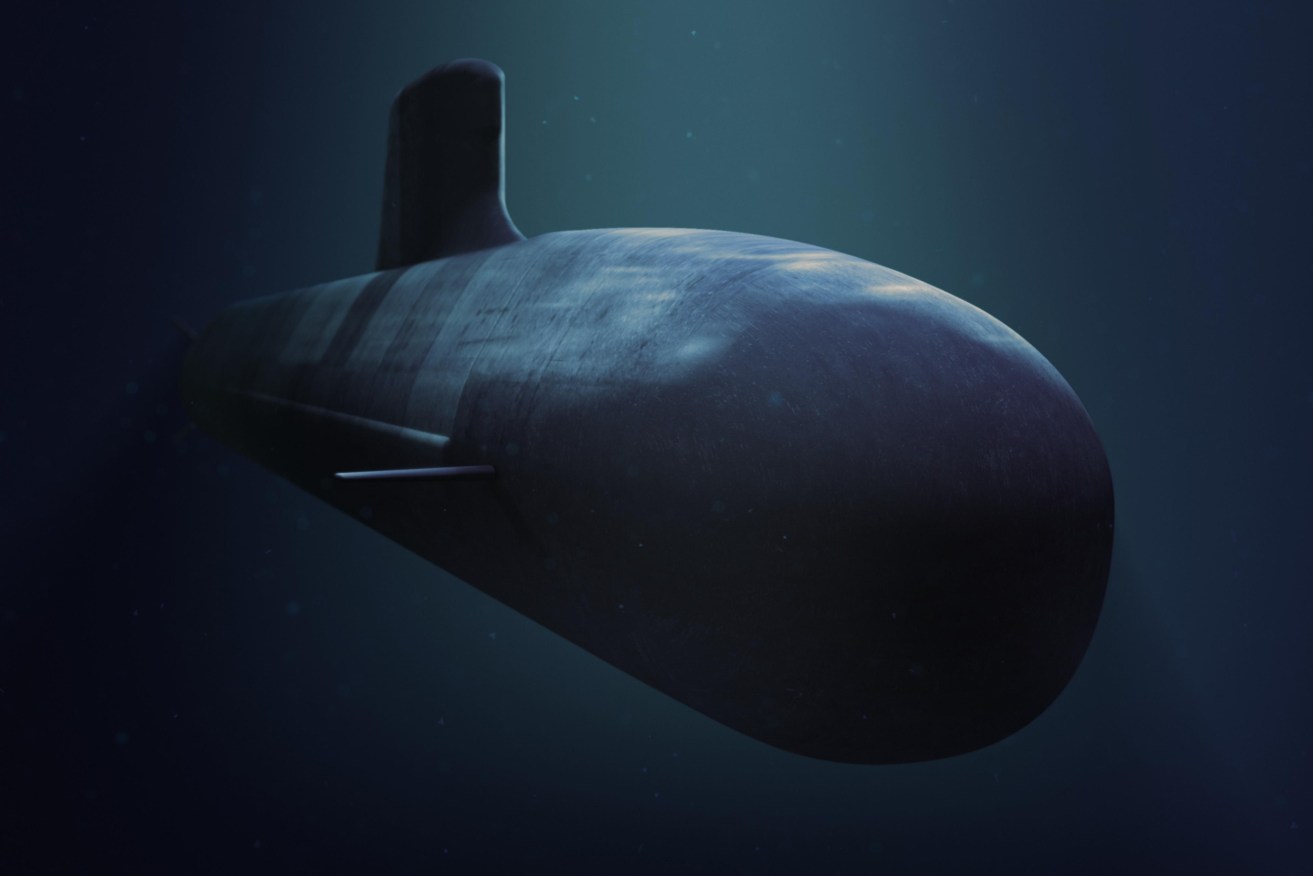Coming up for air in submarine skirmish
The hugely expensive deal to deliver Australia’s new-generation submarines is too important to be mired in petty politics, argues Brendan O’Connor.

The Shortfin Barracuda submarine. Photo: DCNS Group / AAP
Former Defence Minister Christopher Pyne has been publicly commenting on his old portfolio, attempting to refute ongoing commentary around the Government’s mishandled $89 billion Future Submarines program.
Whether this is intended to defend his legacy as Defence Minister or demonstrate his credentials as a defence lobbyist is uncertain. Nonetheless, what he calls “weirdness”, Labor calls “transparency and scrutiny”.
First, let’s dispense with core bipartisan matters here: both major parties support the need for a regionally superior submarine fleet.
The Defence Strategic Update noted the prospect of high-intensity military conflict in in our region is less remote than in 2016, and that a ten-year strategic warning time for a conventional attack is no longer an appropriate basis for defence planning.
This underscores why the Future Submarines are a core component of Australia’s capability. The onus on delivering them on time (and on budget) is an important metric – one the government set itself and failed at every turn.
Mr Pyne criticised reports the government may abandon the submarine program or change course. Let’s be clear: this reporting happened because the Prime Minister tasked two senior officials to review the program and “look at options” including alternative subs.
A Government briefing out its own actions is a “pile on”? Please.
Incredulously, Mr Pyne asserts the Government has never misled the Australian public about the true cost of the program, deploying a semantic tactic those who have inherited his mess also try: the difference between ‘constant’ and ‘outturned’ dollars.
For multi-decade projects, it is conventional to use ‘outturned dollars’ because they reflect the true costs over a long period of time, whereas ‘constant dollars’ reflects price tags at a point in time.
The $50 billion figure may have started as ‘constant dollars’, however the 2016 Integrated Investment Program – and Minister Reynolds last year – have stated that the $50 billion was ‘outturned’. The Government has repeated this $50 billion price tag in media last year.
After intense scrutiny, the true cost is now almost $90 billion. This is above the earlier estimate of $78.9 billion which was known to the government – and hidden from the public – since 2016.
As Senator Wong observed, Australians don’t hear $50 billion, convert to outturned costs and add $30 billion. The blowout is wholly attributable to misleading representations made by the Government.
Finally, Mr Pyne flirts with discussion about Australian content in the program. Local content is vital for Australia’s sovereign capability, and the South Australian economy.
I remind Mr Pyne that the Government backtracked from his initial commitment to 90 per cent local content, to 60 per cent, to signing a deal with Naval Group with zero legally binding local content requirements. The Minister promised a revised contract would be signed by the end of last year. That hasn’t happened.
Mr Pyne’s interventions will likely attract more scrutiny over the handling of the Future Submarines program. Labor welcomes that and implores the Government to be upfront with the Australian people and to get Australia’s largest ever procurement program back on track.
Brendan O’Connor is Opposition defence spokesman




